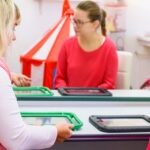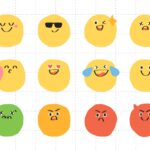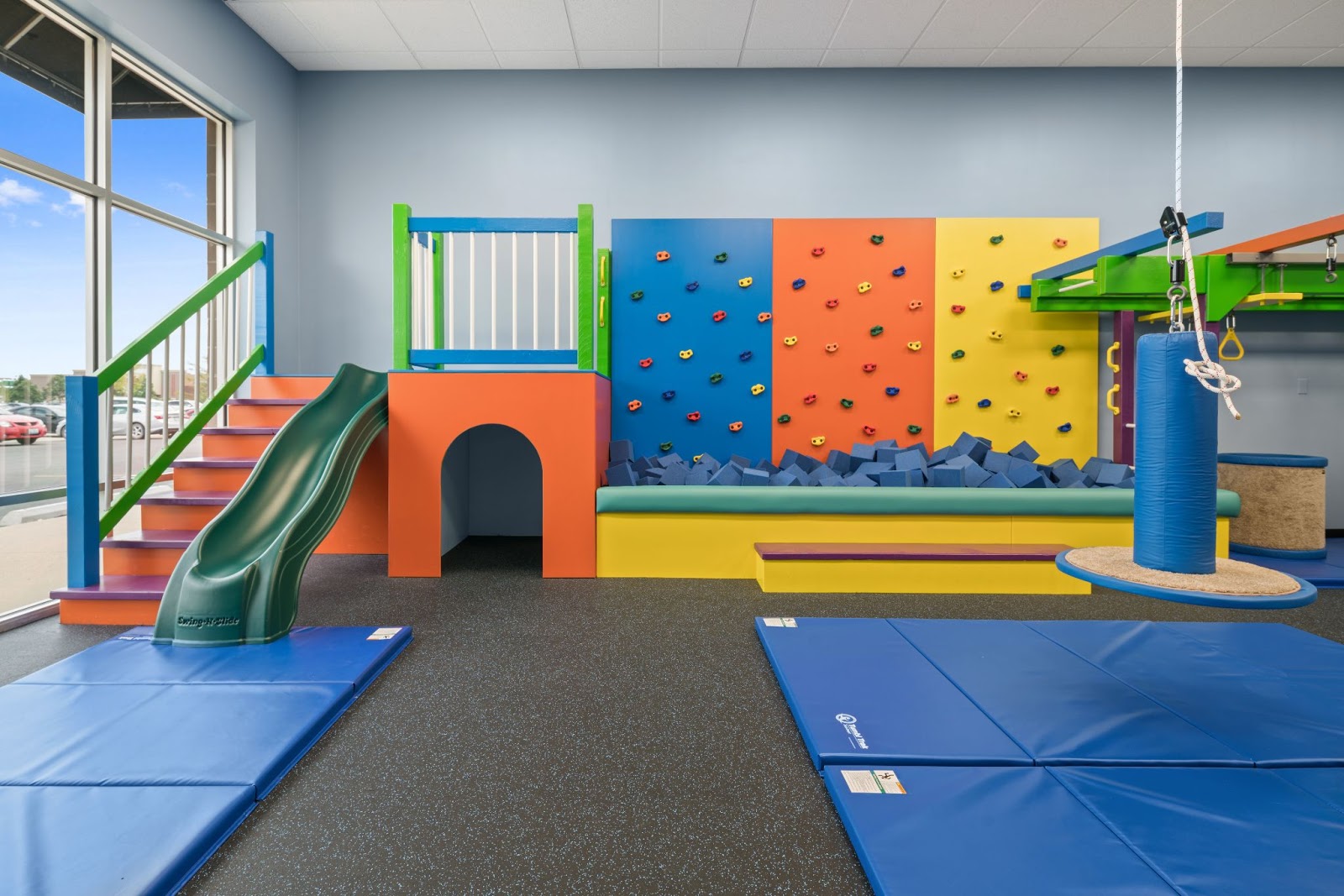
Pediatric Occupational Therapy sessions are designed to address each child’s individual needs. OT helps an individual do the things they need to do (i.e. self-care) and want to do (i.e. play/leisure) daily in order to live a productive life. OT’s provide individualized treatment based on the child’s strengths and interests, and their intervention plans are highly adaptive in order to meet the child where they are at each session. Our therapists make sure that the new activity still works on the skill that the originally-planned activity would have.
The below text is a real example of what a child’s pediatric occupational therapy session looked like for one day.
For privacy reasons, except for the child’s age, all other information about the child, the therapist and Westside location will not be named. It is also important to note that it is just an example of what a session could look like and may not be exactly the same for every child, though there may be many similarities.
One thing is always going to be true: Therapy is going to be fun! There is a lot of play and a child may forget they are in therapy and get life-changing outcomes in the process.
Skills worked on in the occupational therapy session
The child’s program is tailored to address generalized muscle weakness, increase coordination, and address other symptoms and signs involving the nervous system. The child is 3 years old.
The child also faces challenges with sensory processing, social-emotional regulation, behavior and attention that impact engagement in age-appropriate daily routines.
The child’s skill challenges prevent them from independently performing those daily tasks, among other activities. The therapy program will also help the child increase their skills in direction following, performing tasks that have beginnings and ends, play skills, reflex integration and motor coordination.
Activity 1: Putting together a puzzle by playing in a foam pit
Not every day is going to be the same for the child, but certain pediatric occupational therapy activities and tasks will be worked on to continue to build and maintain skills. There are a variety of options and the child can lead and pick activities they like and the therapist can tailor it to which skill needs to be worked on.
Sometimes, entire sessions can consist of just one multi-step activity to create repetition.
To begin this session, the child is typically asked to greet people in the clinic by saying hi. The child did not shy away from new people they met at the clinic, which shows some skill acquisition. However, the child still sometimes displays some signs of anxiety when meeting new/unfamiliar people. Our therapists still have the child greet people to promote social engagement.
To address the child’s direction-following skill acquisition and sequencing the steps, the child put together a puzzle that required them to jump off the platform into the “crash pit” filled with foam blocks.
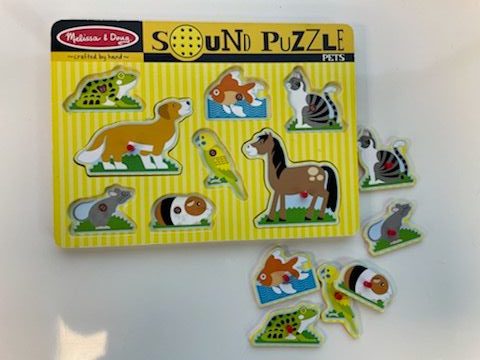
In this pediatric occupational therapy activity, the child had to:
- Know which animal puzzle piece to grab. (The child used to be resistant if the therapist picked the puzzle piece, but has improved. Now the therapist mixes in what the child chooses and what they choose. When the child picks, it helps with memory of what they chose, so they don’t just pick anything when restarting the activity).
- Toss the puzzle piece into the pit
- Jump into the foam pit. (The jump is done to help the child grade their force by bending their knees and then jumping out into the pit).
- Crawl over the foam blocks to place the puzzle piece into the puzzle positioned 12 feet away on the opposite side of the crash pit. (The jumping alerts the child’s nervous system when hitting the pit. The crawling calms the body as it’s heavier work and the two together create good regulation for the child).
- Vestibular movements include: jumping, spinning, swinging, changes in head position (ie. hanging upside down off furniture, running, sliding, etc.)
- Place the puzzle piece on the correct animal shape. This targets visual motor skills, including hand-eye coordination while laying on the belly, which targets strengthening back and neck muscles.
- The therapist encourages the child to use both hands to cross the body’s midline to place the puzzle pieces into the board.
- The child would choose which piece is next, go up the stairs and restart. (The therapist would help keep the child on task and guide them to restart the activity. This activity is done in a linear plane (straight line) and the child can see the start and the finish. The therapist might also use vestibular input to keep the child motivated and engaged in the activity.
Toward the end of the task the child grew tired so the puzzle was brought closer and the therapist joined the child on the last piece.
This was important because the child is also working on task completion.

Activity 2: Body pulls on a scooter board
The next pediatric occupational therapy activity the child performed was pulling themselves with a rope with their belly on a scooter a few feet, and finished by extending their arm to put a ring on a cone. This also worked on bilateral integration (the movement of both hands together) as the child had to perform reciprocal arm movements to pull themselves.
The child’s muscles are a little tighter on their left side, so the therapist assisted the child to extend the arm to improve her range of motion and muscle strength on that side.
Activity 3: Playing catch
The child was placed in a soft therapy barrel and the therapist tossed scarves that the child was supposed to catch. Bilateral coordination (catching) is a main area of focus for this child.
During this occupational therapy session, the therapist changed the activity. The child has had success if they tossed it to themselves and caught it while standing, but the therapist changed and led the game this time to promote direction-following.
This demonstrates “ready body” for motor planning catching a ball/scarff with both hands, as well:
- The child looks at the therapist
- Hands are extended with palm side up
- Make the catch
The child participates in clean up of occupational therapy activities directly following completion as part of establishing therapy routines, to promote fine motor skills and object manipulation, and to assist with transitions from non-preferred to highly preferred pediatric occupational therapy activities.”
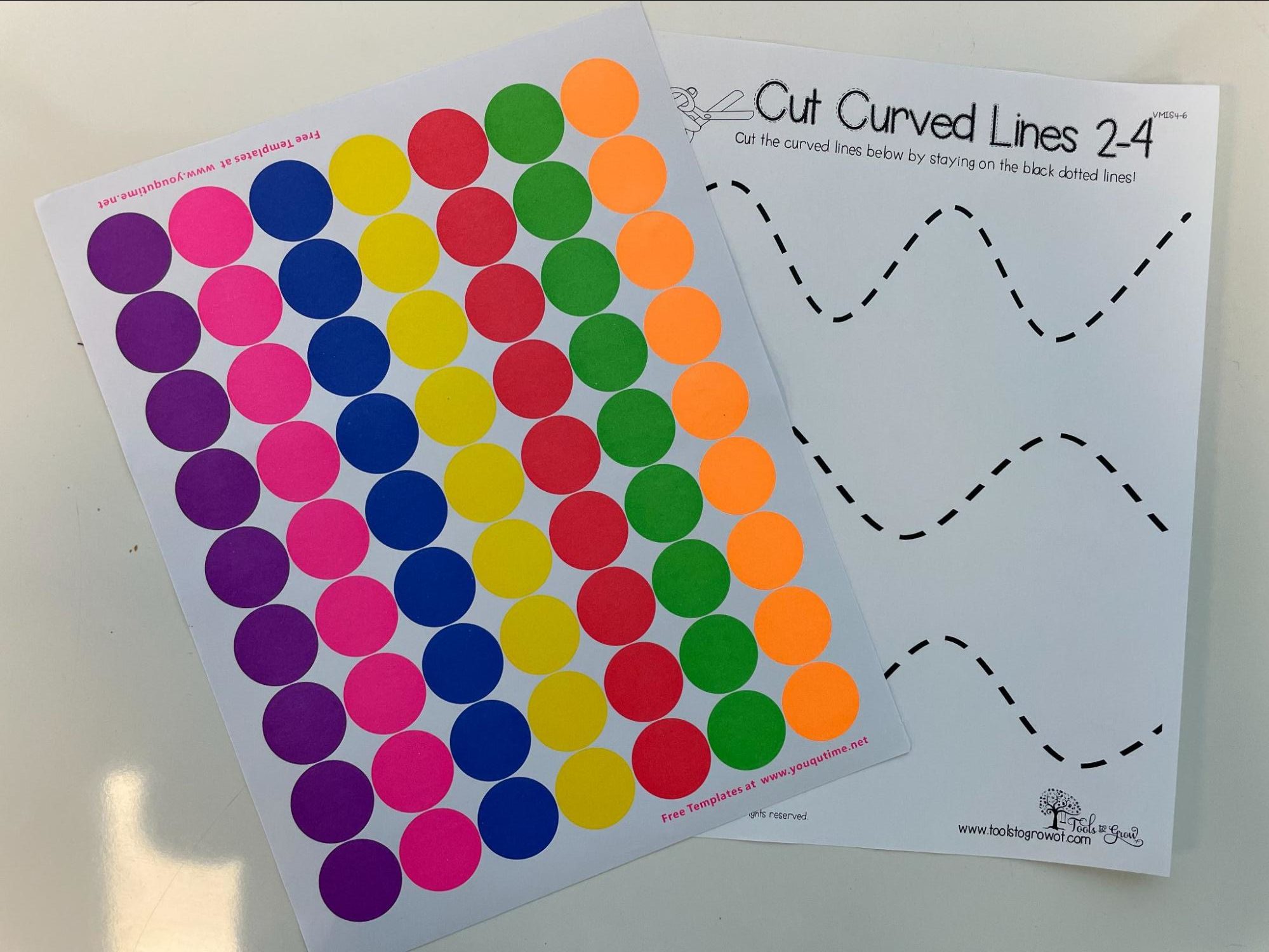
Activity 4: Place stickers on a curved line
The final pediatric occupational therapy activity, which also focused on bilateral coordination, crossing midline and visual motor skills, was putting stickers on a line from left to right. The line is curved and the child had to use one hand to cross the midline to place the sticker in the correct spots.
This also works on the child’s fine motor skills with the pinching of the sticker and putting it on a target, which is a visual motor skill.
The child has improved with this activity over time, as they used to just place it wherever they wanted. This time, if the child missed the spot, they peeled it off and corrected the mistake themself.
Promoting visual organization by teaching children to structure from left to right and top to bottom is a foundational skill necessary for proper formation of letters and numbers, and it further assists with development of reading and writing skills
Importance of at-home work for occupational therapy
This child, like many, receives pediatric occupational therapy 1 to 2 times/week for one hour for approximately 12 months.
Our therapists will provide home recommendations and resources, create and train parents on home exercise programs and/or “sensory diets” (a group of activities scheduled into a child’s day). Our therapists will typically spend a few minutes before or after sessions to provide parent education and answer questions.
Pediatric occupational therapy requires dedication from the whole family to help the child carry-over therapy strategies and individualized programs in-home to promote their optimal growth and development.
To learn more about our pediatric occupational therapy service, or any other services, give us a call at 815-469-1500 or click below to get started.


